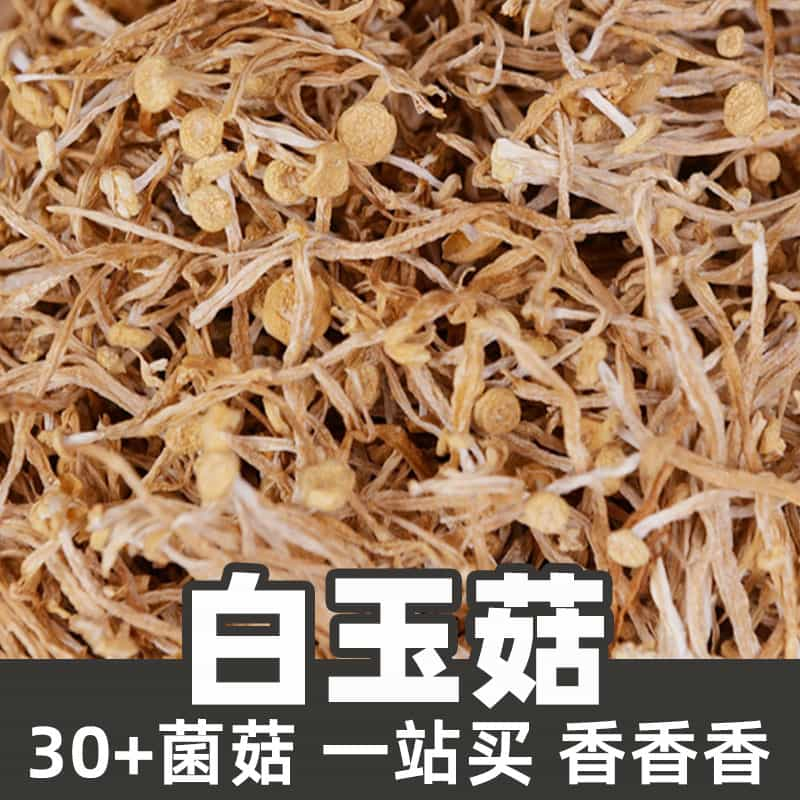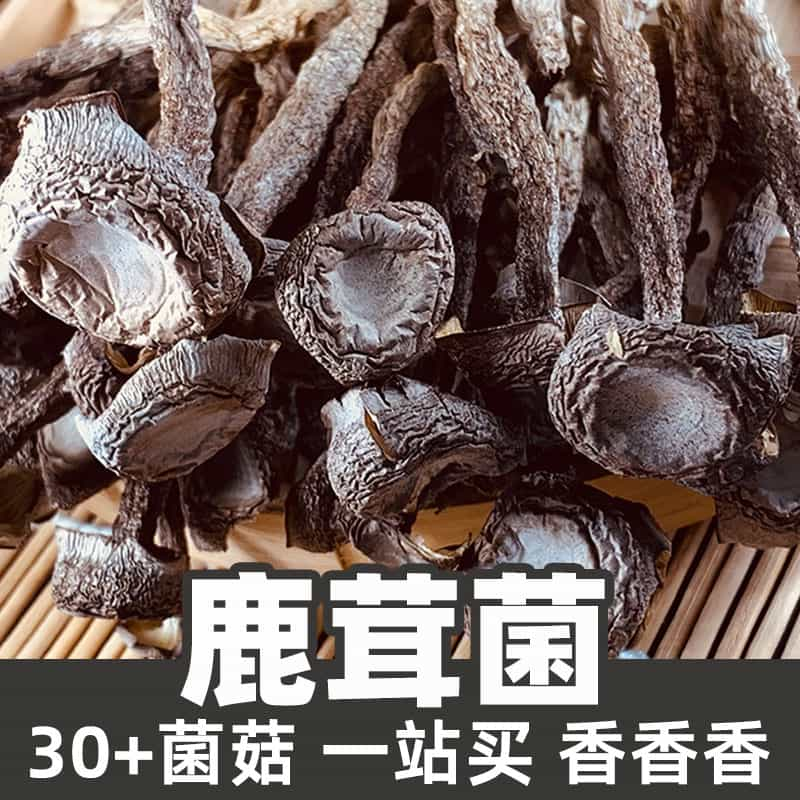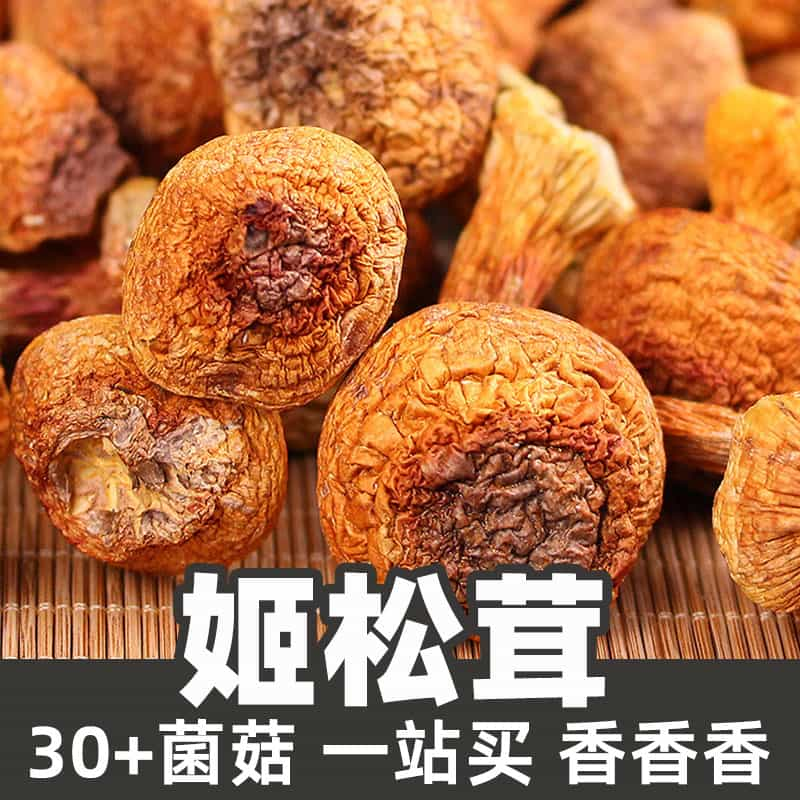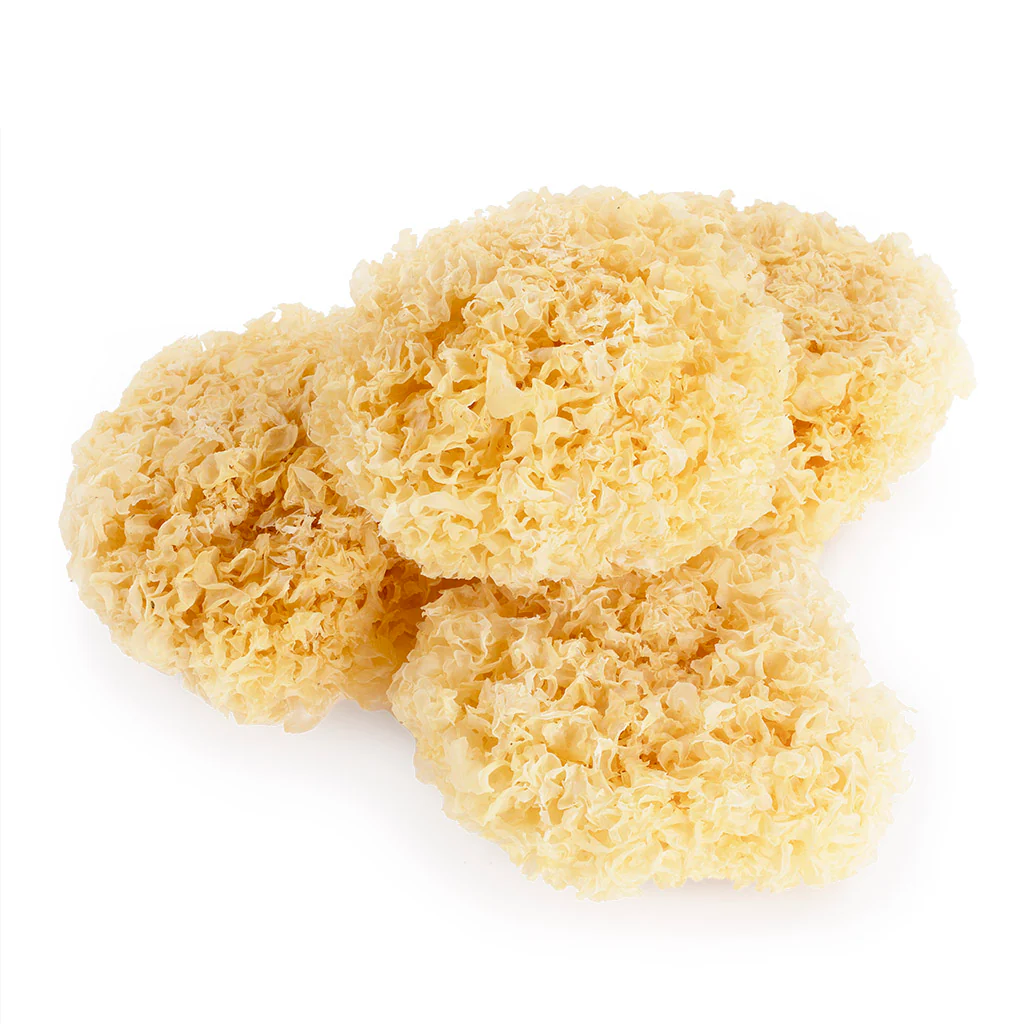Stone fungus, scientifically known as Auricularia auricula-judae, is a popular edible mushroom recognized for its unique shape resembling an ear and its versatile culinary uses. Belonging to the family of Auriculariaceae, stone fungus flourishes in moist woodland environments on decaying wood, typically from deciduous trees like elder. Known by several aliases, including wood ear mushroom and Mu-er, it boasts a long history of use in Asian cuisine and traditional medicine. Stone fungus is celebrated not only for its distinctive texture—jelly-like when cooked—but also for its ability to absorb flavors in dishes. Its rich nutritional profile includes polysaccharides and essential amino acids, making it a valuable addition to health-focused diets. The mushroom is frequently used in soups, stir-fries, and salads and is revered for its supposed health benefits, ranging from immune support to cardiovascular health.
The primary active compounds found in stone fungus contribute significantly to its nutritional value. Rich in polysaccharides such as beta-glucans, stone fungus is believed to enhance immune function and promote overall health. It also contains glycoproteins, which may play roles in cellular repair and healing. Besides these, stone fungus is a source of essential vitamins like B vitamins and several minerals, including potassium and magnesium, which are vital for various bodily functions. Its unique composition helps support digestion and may have antioxidant properties, potentially protecting cells from oxidative stress. Additionally, the fiber content in stone fungus helps maintain gut health, contributing to a balanced diet. The combination of these components marks stone fungus as more than just an ingredient; it is a functional food that aligns with contemporary health trends.
The applications of stone fungus are vast, spanning culinary, medicinal, and health supplement uses. In cooking, it serves as a nutritious component in many dishes, valued for its texture and ability to absorb flavors. It enhances soups and stews with its chewy consistency, making it a favored ingredient in both Asian cuisine and international culinary practices. In traditional medicine, stone fungus is utilized for its purported health benefits, including boosting the immune system and reducing cholesterol levels. Its presence in herbal medicine practices suggests a deeper cultural significance, with stone fungus often included in remedies for a range of ailments. Modern health trends have seen stone fungus being incorporated into dietary supplements, marketed for its potential health benefits, often in powdered or extract form. Overall, the versatility of stone fungus makes it suitable for various scenarios, appealing to both health-conscious consumers and culinary enthusiasts alike.
The natural habitat of stone fungus includes damp forest environments, primarily thriving on decaying wood from hardwood trees. It prefers shaded areas where humidity is relatively high, allowing it to flourish in temperature ranges typical of temperate and subtropical climates. Stone fungus is widely distributed across Europe, Asia, and parts of North America, often found in the wild in forests and wooded areas. Its growth is typically during the warmer seasons, especially in spring and fall, when conditions are optimal for fungal development. Stone fungus can appear during both dry and wet conditions but is most abundant in moist environments. Its ability to grow on various substrates, including decayed tree bark and fallen logs, showcases its adaptability and ecological role in nature, contributing to the decomposition process and nutrient cycling within its ecosystem.
Harvesting stone fungus involves careful techniques to ensure sustainability and quality. Harvesters often look for mature specimens that are firm and have a glossy appearance. Special attention is paid to harvesting practices to avoid damaging the surrounding environment, allowing for regrowth in subsequent seasons. After harvesting, proper processing is essential. Fresh stone fungus is typically cleaned to remove dirt and debris and then prepared for cooking or drying. The drying process is crucial for preservation, and it involves air drying or using dehydrators to remove moisture, extending its shelf life. When dried, stone fungus can be reconstituted by soaking in water before use in recipes. Proper storage techniques follow processing; dried stone fungus should be kept in airtight containers in a cool and dry area to prevent moisture absorption. Keeping it away from direct sunlight preserves its quality. Fresh specimens, on the other hand, require refrigeration and should be used within a few days to maximize flavor and nutritional content. These methods of harvesting, processing, and storage ensure that stone fungus retains its gastronomic and nutritional benefits for consumers.
Monica Sun is a seasoned expert in the natural raw materials industry, with over a decade of experience specializing in traditional Chinese medicinal herbs, spices, and fungi. She is skilled in the sourcing, processing, and application of these materials, emphasizing sustainability and innovation. Monica Sun has contributed to the development of high-quality natural raw materials that serve as essential components in functional foods, pharmaceuticals, and cosmetics, delivering tailored solutions to meet diverse market needs.

















